Last Updated on July 30, 2021
PLOT: A community of snake-worshipping zealots living in the Appalachian Mountains is upended when the pastor’s daughter becomes pregnant. A major test of faith ensues.
REVIEW: Little to nil had I heard of THEM THAT FOLLOW prior to viewing, which is not only the preferred way to see any movie, but in this case, proved to be a pleasant surprise in the form of a sterling, if small and somewhat circuitous, directorial debut. Indeed, the first feature-length film from writer/directors Britt Poulton and Dan Madison Savage, the pinpoint particularity of which puts the viewer in such a specifically lived-in substrata of bygone Americana, that it’s hard not find thoroughly convincing if not merely fascinating. But even beyond the vivid world the filmmakers forcefully immerse us into, THEM THAT FOLLOWS (due in select theaters Aufust 2nd) succeeds as a noxiously disquieting portrait of a community gripped by inimical religious tradition. The difference between it and other of its ilk however, is that film provides both a sympathetic examination upon, as well as a round rebuke of, the antiquated piety which threatens the health of this benighted tight-knit community. Look, this is not a horror movie about monsters, slayers, serial killers or even deadly snakes as the poster may suggest, but rather the eternal struggle between good and evil, the depths to which humanity descends in the name of blind faith, and the moral heights to which those who reject such beliefs can ascend to. With tremendously effective performances by a stellar ensemble, THEM THAT FOLLOW is one of the most disturbingly substantive movie debuts to come about in some time!
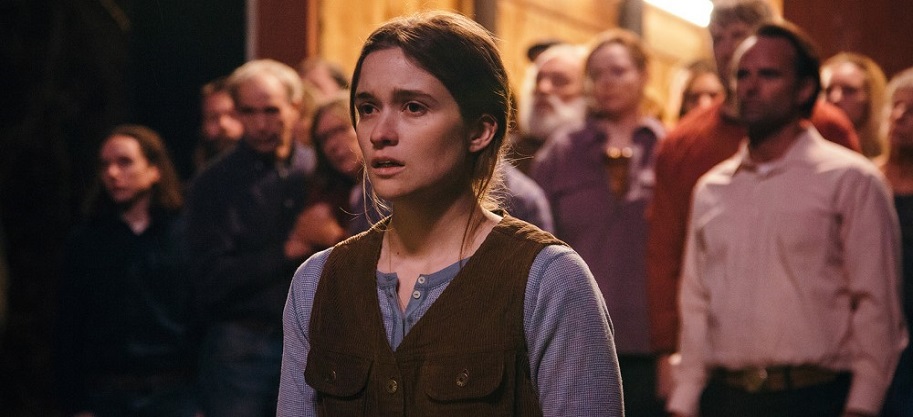
Surely by design, one of the great things about THEM THAT FOLLOWS is that uncertainty of the time period in which it’s set. It could be the present day, or it could be sometime in the 1970s or so. This gives the film a timeless quality, devoid of technological anachronism (computers, smart phones, etc.), which reinforces the terror of how this kind of story could take place at any given time. The location, by contrast, couldn’t be more specific. The film takes place in autumnal Appalachia, on a farm constantly enshrouded by a haze of fog. A young mirthless woman named Mara (Alice Englert), adorned in the garb of a 19th century midwife, lives with her father Lemuel (Walton Goggins), the town pastor and number one religious fanatic in the area. Lem holds “worship” at a makeshift church fashioned out of his old secluded barn. Even more specific, Lemuel presides over a basket of a poisonous snakes, deemed “serpents,” which they all turn to and worship to rid their sins on behalf of God. These folks reject traditional medicine and instead treat wounds and illness by praying and hoping the Holy Ghost will save their souls. Even laws written by men can’t compete with the rule of God.
This puts a bind of the highest moral degree on Kara, who finds herself pregnant out of wedlock. Her most apt suitor in the eyes of Lemuel is Garret (Lewis Pullman, whose father Bill also made his own snake-centric religious thriller in SERPENT UNDER THE RAINBOW), a devout believer whom Kara runs hot and cold with. There’s also Augie (Thomas Mann), a local handyman consigned to living this way under his extremely faithful mother, Hope (reigning Best Actress Olivia Coleman) and staid father Zeke (Jim Gaffigan in an inspired bit of casting). Augie to has a hankering for Mara, and for awhile we aren’t quite sure whose baby she’s pregnant with. Amid the mystery is the well established stakes for sinning so mightily in the eyes of Lemuel; you really feel terrified that Mara ought to keep her secret or else suffer the externalized wrath of Lemuel if not God himself. This is a testament to the uncoiling layers of the screenplay, but also in the pitch-perfect performances by the entire ensemble. Goggins radiates a manic aura as the leader of this thin sect of pro-religious, anti-science fervor. By contrast, Englert plays the part with an internalized conflict that instantly lets you know she’s unhappy under the thumb of an oppressive, abusive, delusional and misguided community. She should take side with Augie then right? But what will Garret say, much less Lemuel? And what about God?
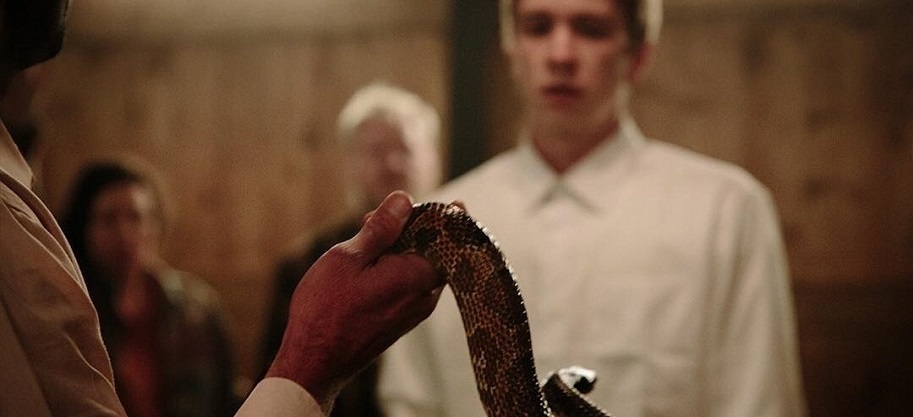
While the pace of the film smolders down a long wick, it does so for a reason; to reflect the crippling ennui of small-town living, and in Mara’s case, the desire to escape such a repressive environment. When Augie is suddenly stricken by a venomous snake bite during worship one evening, Mara must make the decision to do what’s right in her head and heart or to obey out of obligation, however unfaithful, her father’s ritualistic provincialism. It’s in this quandary of righteousness that movie is at its most compelling. Visually, DP Brett Jutkiewicz (DADDY LONGLEGS, MEN GO TO BATTLE) aptly captures the dank layouts and landscapes of rustic Appalachia in sweeping exteriors, but also imbues the enclosed lamp-lit interiors with a raw intimacy needed to tell this particular story. As cliché as it sounds, the land and location is a central character, and Poulton and Savage do a terrific job of having the mountain loom ominously large behind the close circle of few characters who seem trapped in an archaic yesteryear.
In the end, it’s THEM THAT do not FOLLOW that show the most compassion, an unexpected wrinkle in a fascinating movie about losing one’s religion. While some may not appreciate the deliberate tempo, the slowed-down way of living is meant to reflect the stifling boredom Mara in particular, a strong-willed woman whose moral arc is determined by her own actions, not from atavistically praying to a barrel of serpents. With a well-built world, finely attuned performances, arresting imagery and sympathetic treatment of complex characters – all done under the direction of feature first-timers; it’s definitely worth adding your name to THEM THAT FOLLOW!









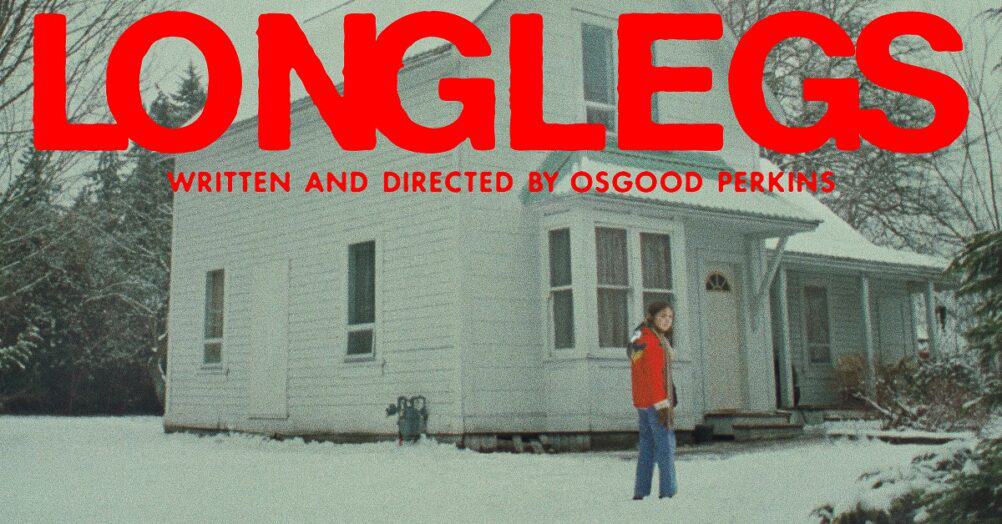
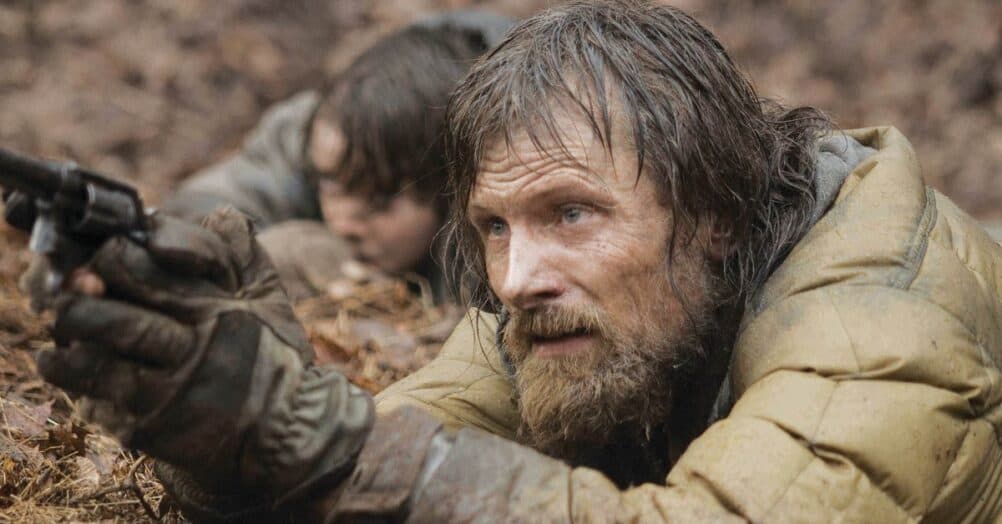
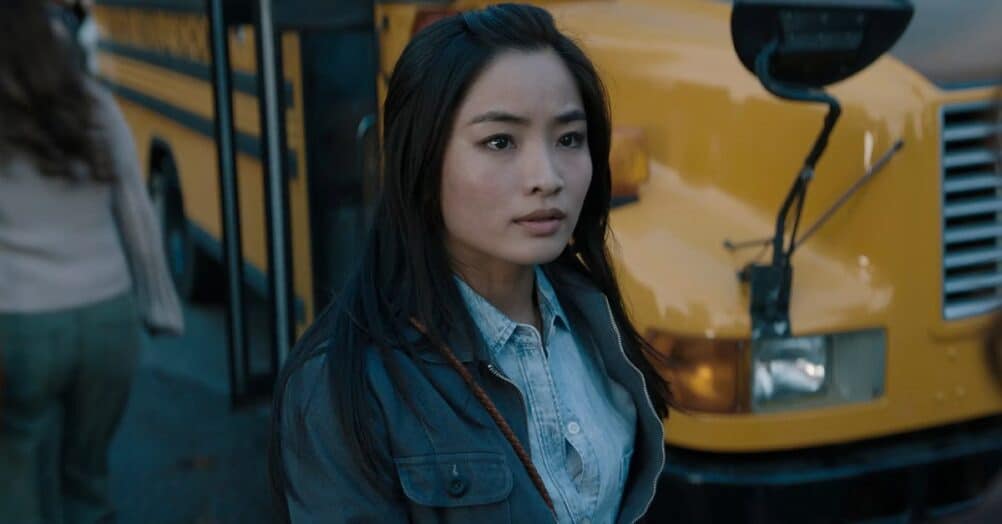

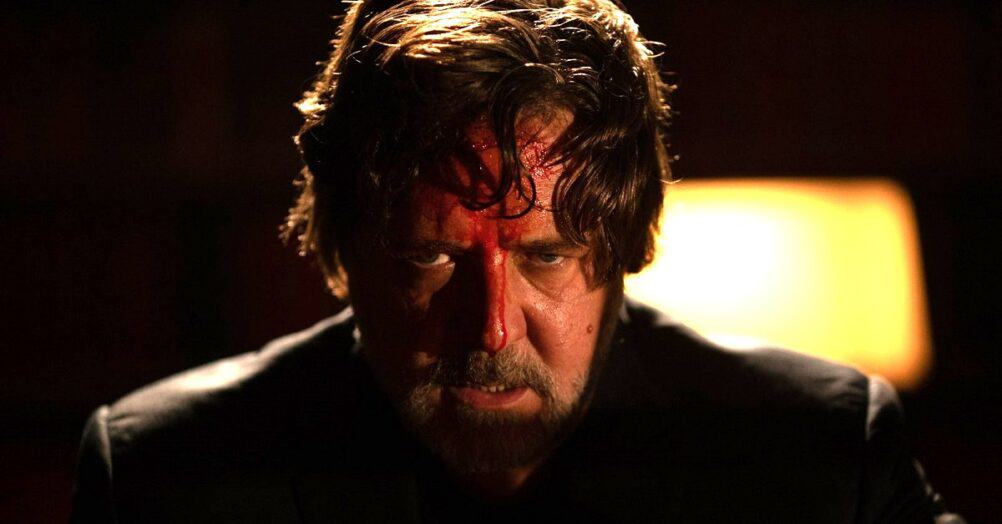
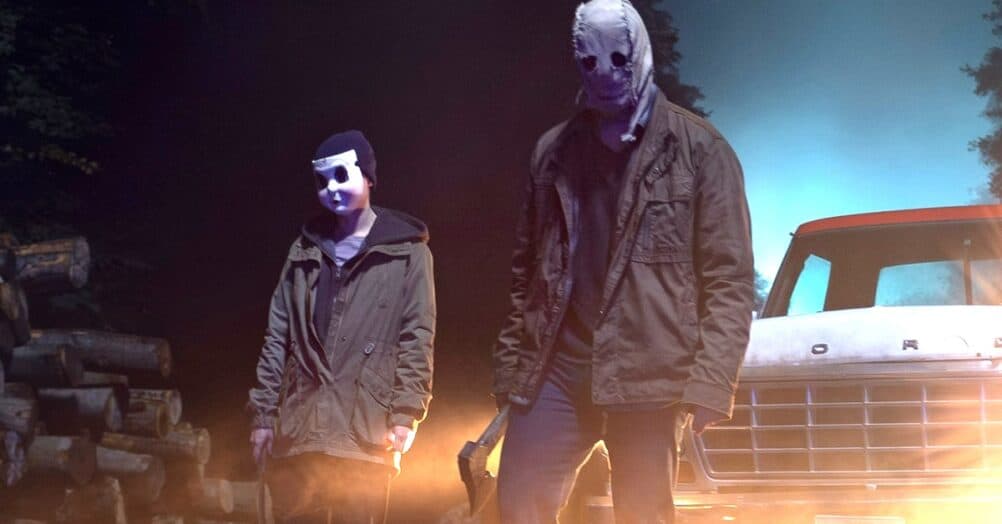

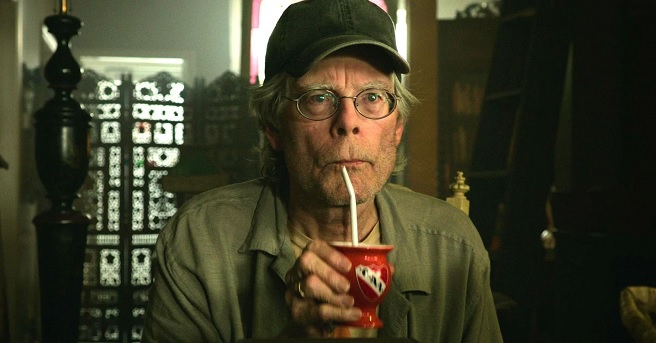
Follow the JOBLO MOVIE NETWORK
Follow us on YOUTUBE
Follow ARROW IN THE HEAD
Follow AITH on YOUTUBE